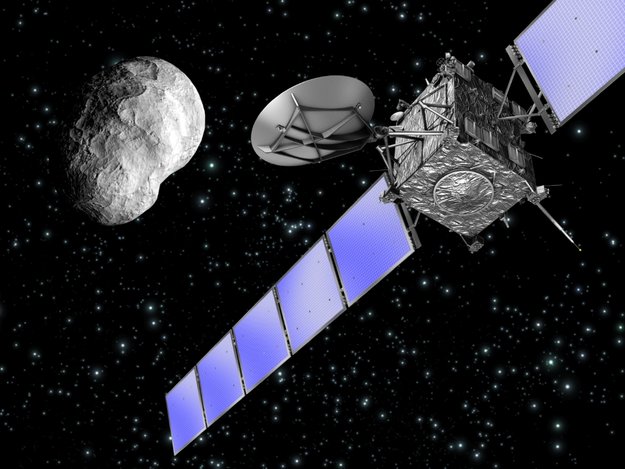The study of materials that make up comets

Performers:
החוג לגיאופיזיקה ולמדעים אטמוספיריים ופלנטריים באוניברסיטת תל אביב
The Rosetta spacecraft was launched in 2004, and entered into orbit around the comet - Churyumov-Gerasimenko on August 6, 2014. This is one of the most ambitious projects conducted by the European Space Agency and in the history of space research in general. On November 12, the project reached another achievement when the Philae lander detached from the Rosetta and landed on the surface of the comet.
One of the members of the teams of scientists that anxiously awaited the data from the Rosetta, is the team headed by Prof. Akiva Bar-Nun of the Geophysics and Atmospheric and Planetary Sciences Department at Tel Aviv University. Bar-Nun was also a member of the group that originated the idea of flying the Rosetta to the comet, 25 years ago, in order to examine the strength and composition of the ice surface.
For the past 30 years, Prof. Bar-Nun’s team has been engaged in the study of comets; and in recent years, since 2011, this research has received funding from the Israel Space Agency. Members of the team are world leaders in the study of the gases and grains of ice and dust that are released from the comets as they approach the sun, which create the halo and tail of the comets. The comet ice experimental simulation lab run by the researchers has conducted many studies, the results of which serve as a basis for the measurement on Churyumov-Gerasimenko. In the coming year, 2015, the laboratory staff is scheduled to analyze the measurement results that will be received from Rosetta.
Updated on:
22.09.2022









